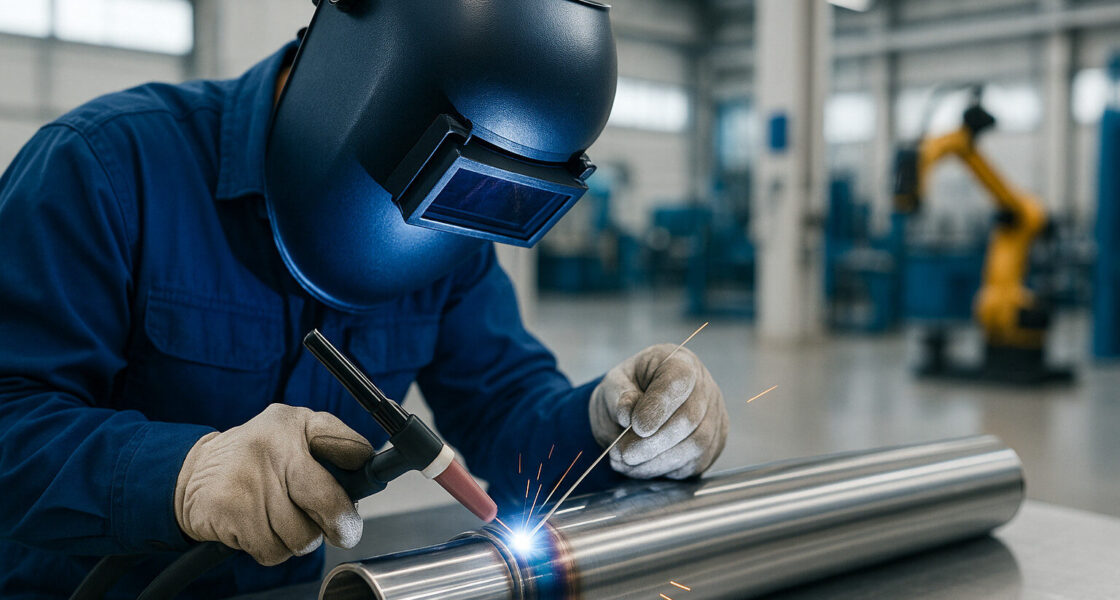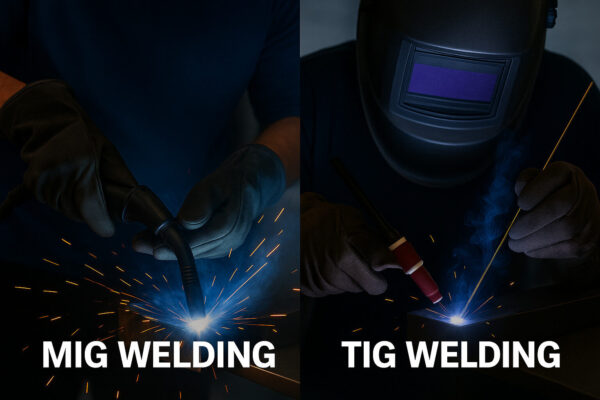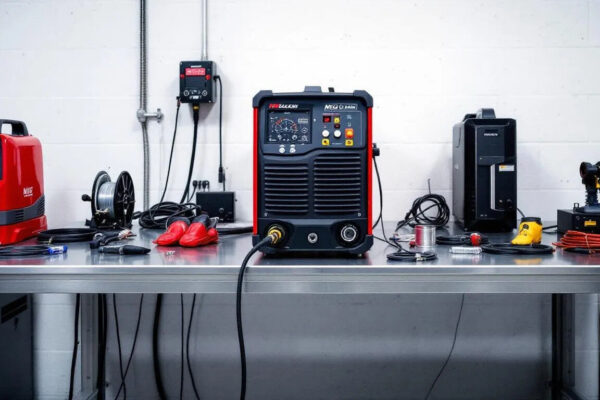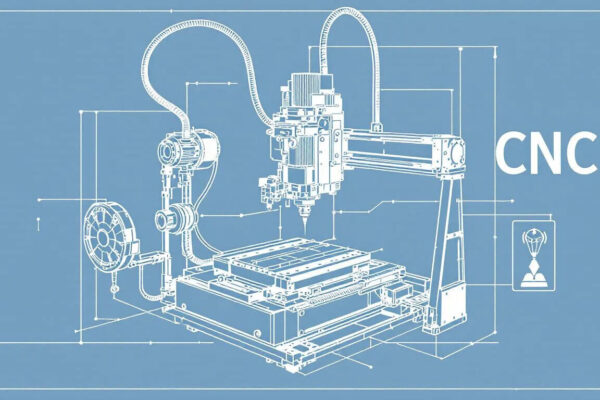The manufacturing industry is evolving rapidly. Across welding, wiring, tooling, and materials, one goal drives innovation: achieving higher precision with greater efficiency. From TIG welding and smart wiring practices to advanced alloys and refined surface processes, modern production is defined by accuracy, consistency, and adaptability.
Precision Welding: GTAW/TIG
Gas Tungsten Arc Welding (GTAW), or TIG welding, remains a benchmark for precision joining. It delivers clean, low-spatter welds and excellent control over heat input — ideal for thin materials and complex assemblies.
In sectors like automotive, aerospace, and energy, TIG welding ensures durable, high-quality joints that meet strict performance and safety standards. Its stability and repeatability also make it a key tool in prototype and small-batch production, where each detail matters.
Smarter Wiring and Tooling
Electrical assemblies and production tools are equally affected by the push for precision.
Terminal box wiring now emphasizes organized layouts, strain relief, and clear labeling — reducing faults and simplifying maintenance.
Meanwhile, modern jigs and fixtures enable precise alignment and repeatable assembly. By reducing variation and stabilizing cycle times, they help manufacturers maintain quality in both high-volume and limited-run operations.
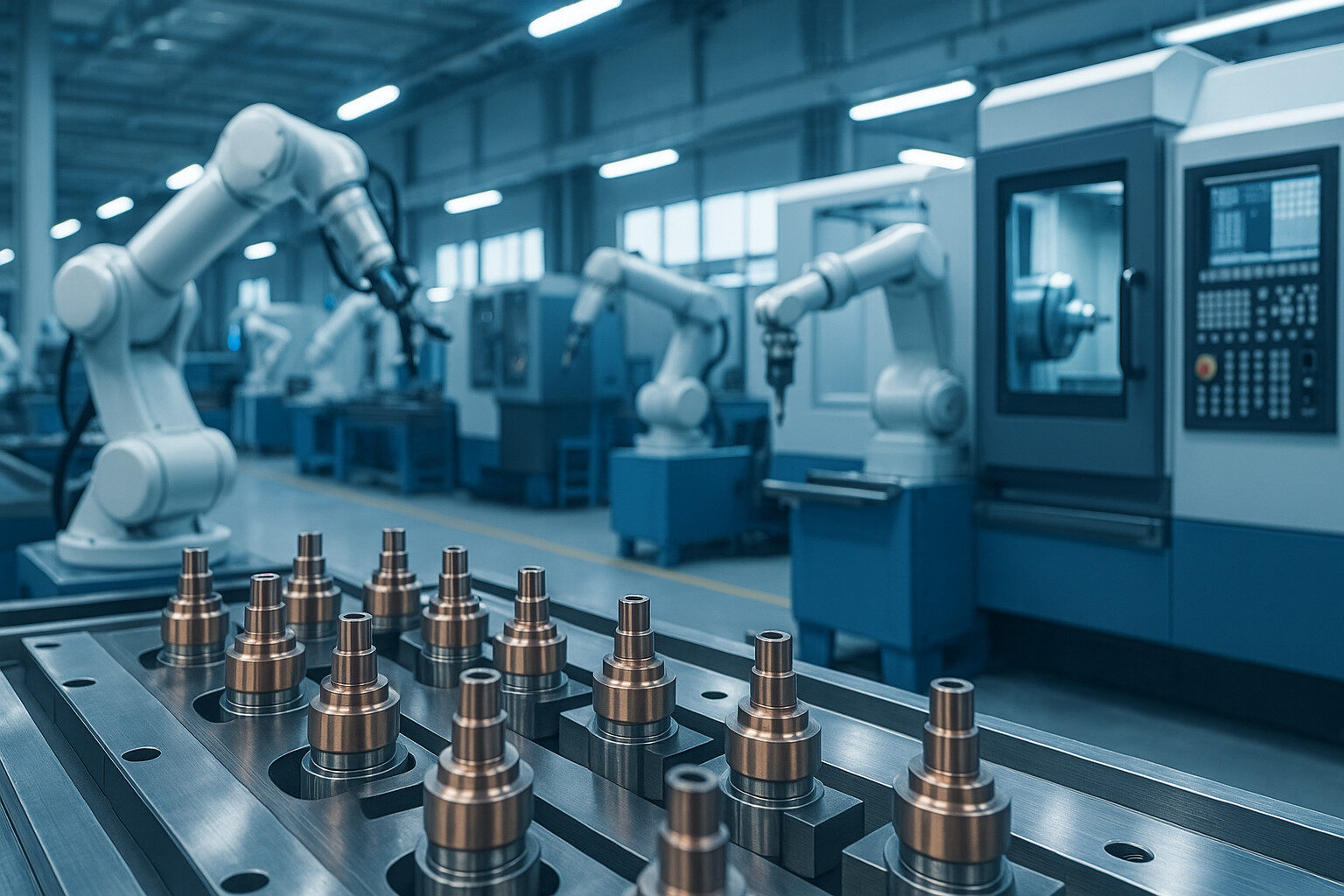
Modern Materials: Copper, Zinc, and Aesthetic Finishes
Material innovation is central to performance and design.
Copper and copper alloys remain indispensable due to their conductivity and distinctive appearance. Protective coatings and finishes expand their lifespan and visual versatility.
Zinc alloys, on the other hand, combine strength and corrosion resistance with cost efficiency, making them a preferred choice for die-cast components and protective housings.
At the same time, colored metal finishes such as PVD-coated steel or anodized titanium are gaining traction for decorative and functional applications, offering both durability and modern aesthetics.
Steel and Surface Processing
Selecting the right steel grade is essential to balance strength, formability, and corrosion resistance. Material traceability and proper heat treatment help ensure consistent performance throughout the production chain.
In heavy industry, scarfing is used to remove surface defects from steel slabs before rolling or machining. This process improves downstream efficiency, reduces waste, and contributes to more uniform final properties.
The Future: Small-Batch and Adaptive Manufacturing
Manufacturers are increasingly adopting adaptive production models — smaller runs, faster changeovers, and more custom designs. Techniques like TIG welding, modular wiring setups, and precision jigs support this flexibility while maintaining high quality. Together, they enable a leaner, data-driven approach to modern manufacturing.
Conclusion
The next generation of manufacturing is built on precision and material intelligence. By combining refined processes like GTAW/TIG welding with optimized wiring, tooling, and material selection, industries are achieving measurable gains in quality, consistency, and sustainability — all without unnecessary complexity or overpromising results.

